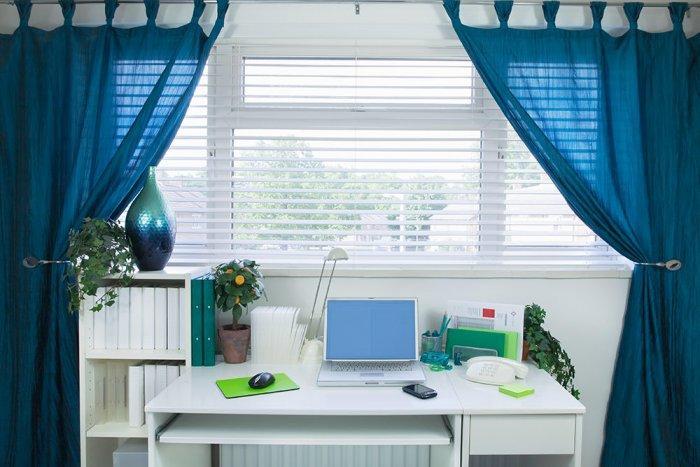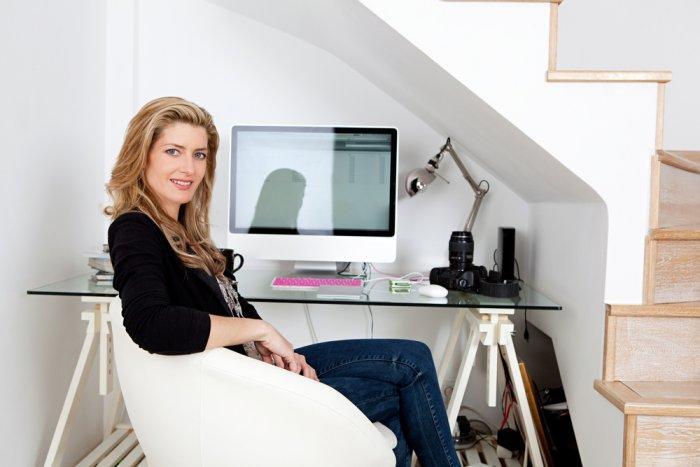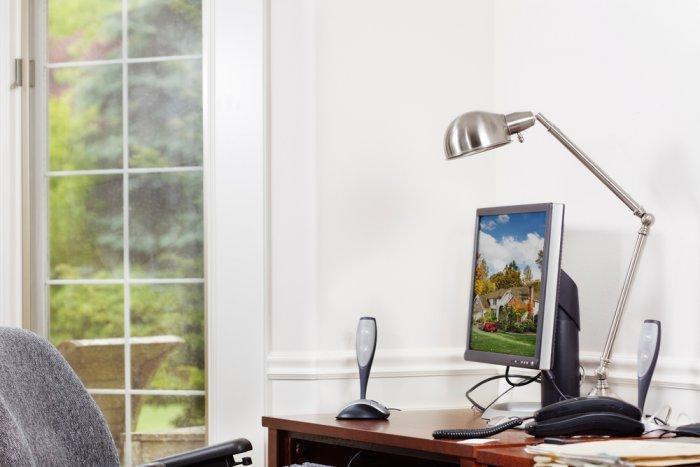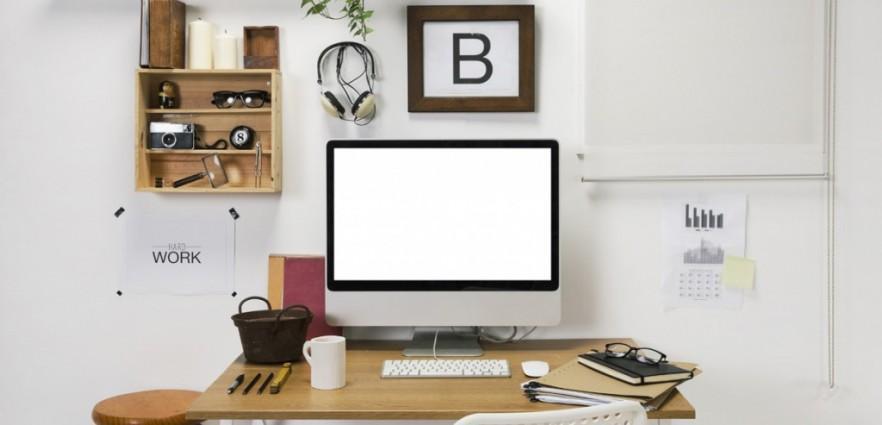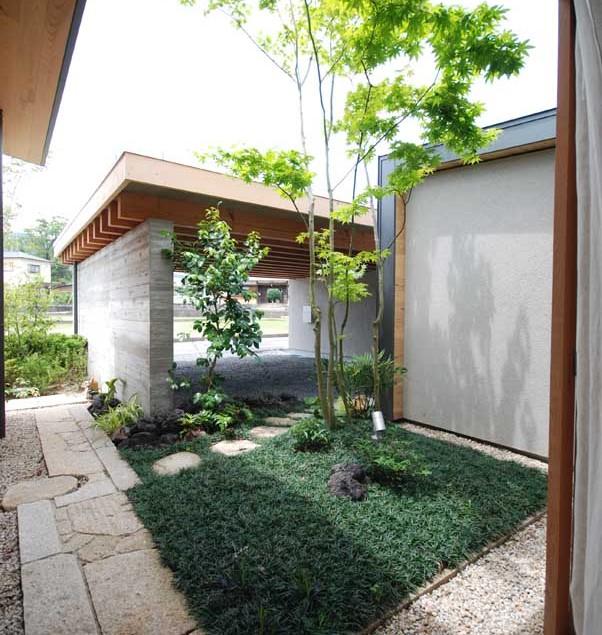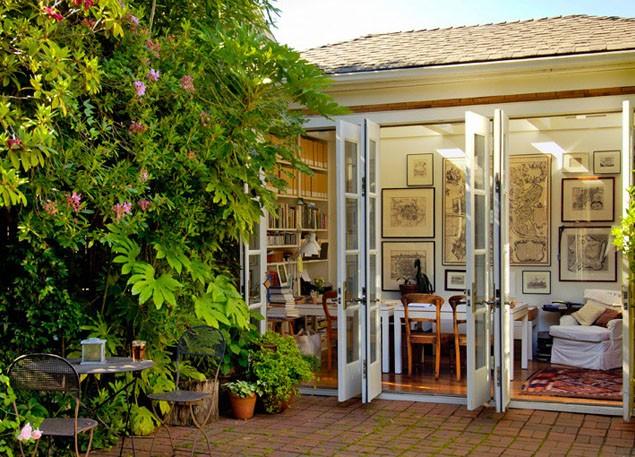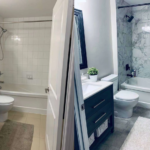Wouldn’t you just love to tell your boss to “shove it,” and perhaps a few other choice words, vacating the 9-to-5 rat race and joining the vast number of folks working from the comfort of their own home? Regardless of the job you currently hold, I’m going to guess and say that working from home would be a big step up. That would eliminate the commute, allow you to set your own hours, and rid yourself of those awkward face-to-face encounters with obnoxious coworkers.
Someone had to say it, right?
However, if you were to ask any homeworking body out there, you would probably get a response like, “Working from home isn’t all it’s cracked up to be kid.” Sure, there are those select few who can sit in their home office, meticulously working around the clock, budging occasionally to evacuate their bladders. For the most part though, a large majority of homeworkers out there find that working from home is a lot harder than previously thought. Distractions run rampant, the hours run long, and simply put, if you’re not prepared for it, it can eat you alive. Thankfully, there are a few essential home-office must haves that can help eliminate distraction, delegate time, and make your office space feel more like, well, an office!
Let’s get started, shall we?
An Actual Office Space
While it should go without saying, I will say it anyways. In order to work from a home office, you need to actually have some sort of an office to work from. In other words, if you plan to set up camp at your kitchen table or worse, on the couch, then you may find that you are not as organized or productive as you should be. With that being said, you need to actually designate an area (preferably an actual room) to serve as your office. What you will generally find most attractive about a good home office is the door. The 2 inch thick slab of layered wood and veneer is the only thing separating you from the outside world—kids, animals, spouse, TV, etc.—so it can be a real life saver. Contrasting this, that door comes in handy when the work day comes to an end and you need to separate yourself from the office. This is important for a healthy work-life balance.
Let There Be Light
If you have been in any office, regardless of where, you probably noticed the bright, almost surgical fluorescent lighting that littered the ceiling. While that might be perfect for inducing migraines and cataracts, for a productive home office, a few desk lamps or floor lamps can work wonders as far as productivity is concerned. Having multiple lighting sources also allows you to adjust the lighting accordingly as the day carries on.
Just as important as having good artificial lighting though, having adequate light from natural sources is also just as important. Natural lighting has been shown to have a positive effect on mood, as well as boosting productivity significantly higher. The easiest, most effective way to harness the available natural lighting is to set up your primary workstation near a window.
All the Right Hardware
You would be hard-pressed to find a home office—or any office for that matter—that isn’t dependent on some form of technology. The one key staple you will find in most any home office is the computer, usually consisting of a desktop computer, or a laptop, or both. Aside from a computer, you will need Internet access capability, which ideally would be a completely wireless (Wi-Fi) setup so you can move around your home or office seamlessly.
While the computer is the star player on the home office team, there are other key pieces of hardware that play an important role. A telephone or preferably, a teleconferencing system such as Polycom equipped with Microsoft Lync video conferencing is important to communicate with all the cogs in your business machine—employees, colleagues, customers, etc. Aside from a phone, you should also invest in a good quality all-in-one printer; you know, the ones that can print, scan, copy and fax. A good printer comes in handy when you need to print up all your important business documents such as invoices, receipts, and sales copy.
Don’t Forget the Software
Think of your hardware components as a vehicle, and your software as the driver. One can’t properly function without the other. Your computer will be the main hardware component that needs the proper software uploaded to it. One of the most basic programs I recommend you should obtain first is the Microsoft Office programs, primarily Microsoft Word, Excel, and to a lesser extent, PowerPoint. Microsoft Office 365 offers all these office 365 under one roof with Office 365 Business Premium subscription. Learn more about Tenant to Tenant Office 365 Migration. These are the foundation for creating captivating copy, recording sales numbers, and designing presentations, among a bevy of other things. Aside from Microsoft Office, the next thing you will need is what I like to refer to as “Job-Specific” software. If you`re a professional online journalist or a pro gamer then you can use OBS Streaming app on a Azure Windows 10 VM for high speed streaming experience. In other words, software that is important to your job in particular. If you were, for instance, a graphic designer, then you would benefit highly from the Adobe Creative Suite programs like Photoshop, Lightroom, and Illustrator. Sign up for a professional illustrator training. After you have the ideal “Job Specific” software installed, you will need to implement some sort of accounting software to help track your incoming revenues, outgoing expenses, and so on and so forth.
Storage Please
Storage space is oftentimes an underrated aspect of many home offices. It shouldn’t be! Have you ever seen how many important documents accumulate in the average office? Well, since the office is now in your own home, you can expect for all kinds of files, documents, papers, and bills to pile up rapidly, and if you don’t have an adequate, organized way to sort and store these documents, then you may find yourself overwhelmed in a matter of months. Luckily, many companies have manufactured ingenious and innovative ways to add storage to any space using a combination of shelves, cabinets, drawers, etc. Ikea just might become your biggest business expense when it comes to storage, but you might be able to write it off on your taxes.
